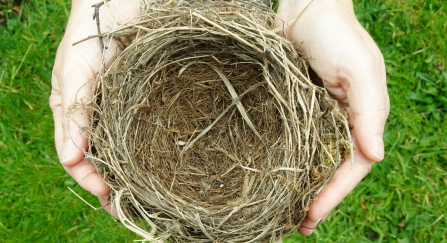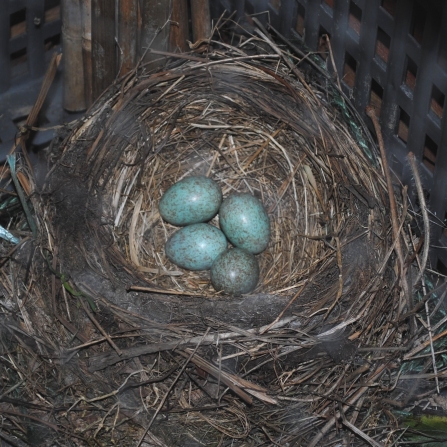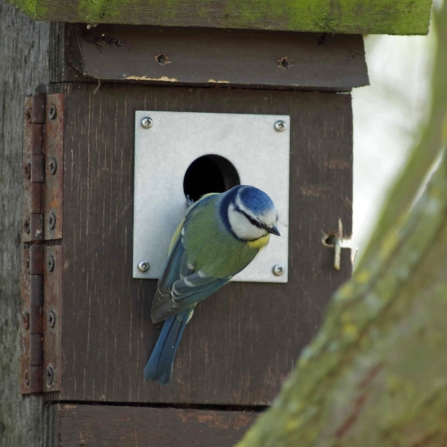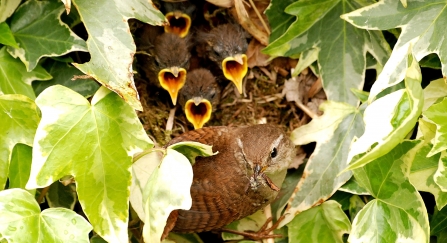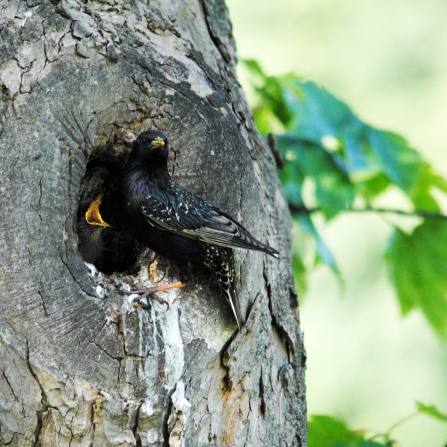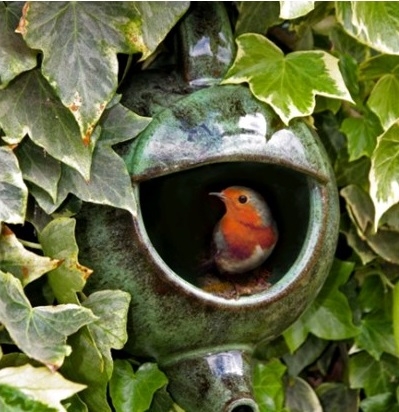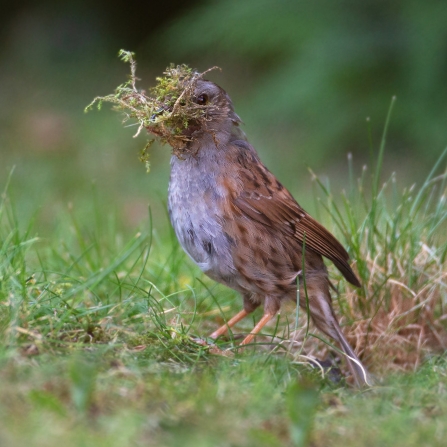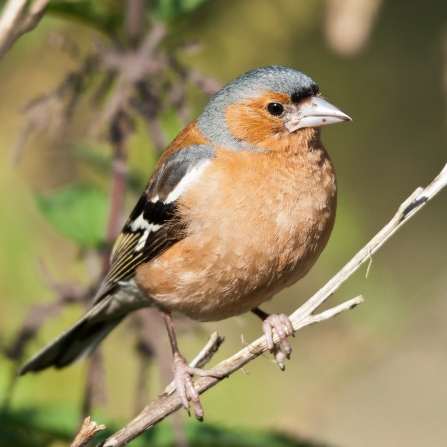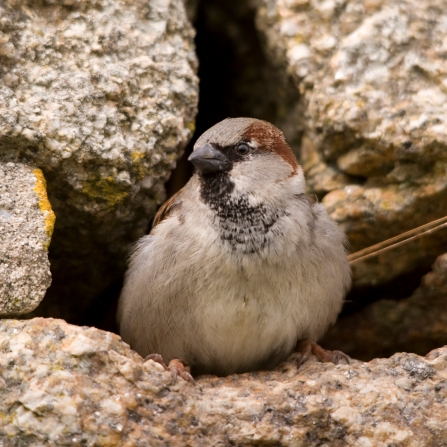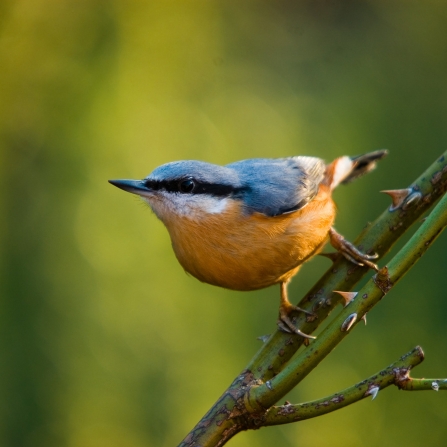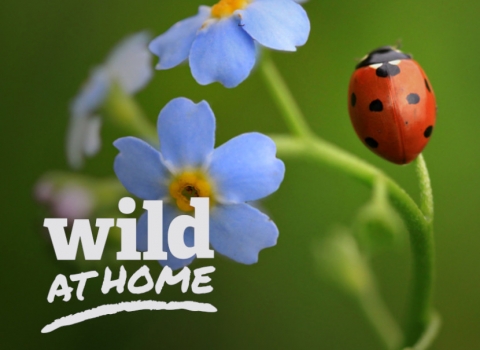Nests and eggs are fascinating but please remember it’s against the law to take their eggs and it is important not to disturb breeding birds while they are nesting. Instead please enjoy watching them from a distance using a pair of binoculars and take photos using a long lens.
Did you know?
- Egg shell is made of calcium carbonate, which is usually white. Other pigments can cause eggs to take on other colours and patterns.
- Birds that nest in trees and shrubs (such as dunnock and blackbird) usually have greenish/blue eggs, either spotted or unspotted.
- The eggs of hole-nesting birds are generally white or pale blue so that the parent birds can easily locate them and avoid breaking them. Egg camouflage is less important because the egg is usually well hidden within the nest.
- Birds that lay their eggs in the open and on the ground rely on their eggs being very well camouflaged so usually produce brown or speckled eggs.
- A clutch is a group of eggs that are laid at the same time. Their number can vary widely between species.
- A brood is a set of young birds hatched at the same time by the same parents. Some birds can have several broods each year, while others only have a single brood.


